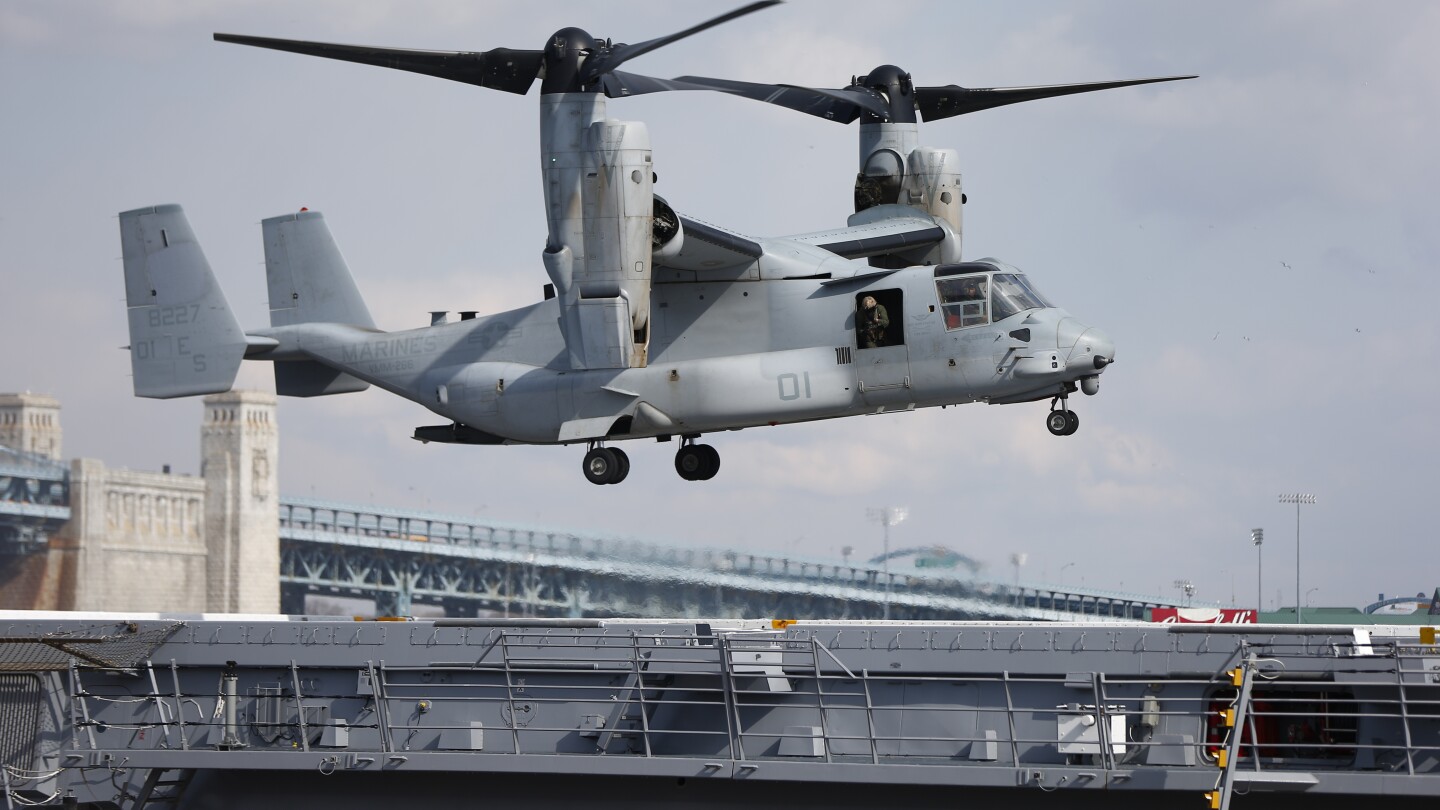A congressional oversight committee has launched an investigation into the V-22 Osprey program following a deadly crash in Japan which killed eight Air Force special operations service members.
The entire Osprey fleet remains grounded following the Nov. 29 crash with the exception of limited Marine Corps flights in emergencies. More than 50 U.S. service members have died in Osprey crashes over the lifespan of the program, and 20 of those died in four crashes over the last 20 months.
The Osprey is a fast-moving airframe that can fly like both a helicopter and an airplane — but its many crashes have led critics to warn it has fatal design flaws.
The government of Japan, the only international partner flying the Osprey, has also grounded its aircraft after the Nov. 29 crash.



Which is even worse, given the promise the SB-1 Defiant program was showing. I have a hard time imagining how the V-280 is supposed to land in narrow canyons or a jungle. It’s wide af, and has massive propellers.
The biggest benefit to the V-280 over the V-22 is that (for now) they aren’t planning to have the V-280 fold up like the Osprey, which eliminates a large amount of the mechanical complexity in the V-22.
So the size issue argument is: “If you turn it sideways, it is basically the same size as the blackhawk.” Ok, fine it can land in about the same footprint. Thing is that the blackhawk can fold the rotors in so you can fit it in a confined space or for transport easier. If they can’t fold the wings in…
They did simplify the tilt mechanism, instead of rotating the engine, they just bend the prop shaft. So time will tell how failure prone that is.